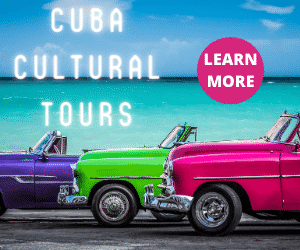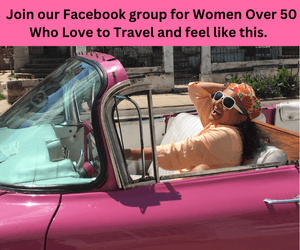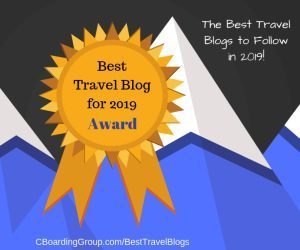Cuba’s national parks and UNESCO biosphere reserves are as diverse as the people who live here.
If you’re a nature lover, you’ll find Cuba has an amazing biodiversity worth experiencing for yourself.
On this 42,426 square-mile island, there are biosphere nature reserves, endangered species, and picturesque coastlines.
Since the 1930s, establishing and maintaining national parks has been a national priority.
We can see the results today in some of the most outstanding nature preserves in the Americas.
And if you’re not a nature lover? You’ll still enjoy its miles of sandy beaches, pristine waters, and botanical gardens found in Cuba’s national parks and biosphere reserves.
Table of Contents
ToggleCuba’s National Parks
Cuba is home to 10 (yes, 10!) national parks. This island nation clearly values its natural habitat.
This is why we recommend heading to one of these spots if you’re dying to get up close and personal with natural formations, plant species, and local animals:
- Alejandro de Humboldt National Park
- Cuchillas del Toa
- Desembarco del Granma National Park
- Guanahacabibes Peninsula
- Jardines de la Reina
- Parque Nacional Caguanes
- Sierra Cristal National Park
- Sierra del Rosario
- Sierra Maestra National Park
- Viñales Valley
Alejandro de Humboldt National Park
Named after German scientist Alejandro de Humboldt (who spent some time cataloging species in Cuba), this is perhaps the most well-known of Cuba’s national parks.
It is also one of the most popular — especially with bird watchers and hikers.
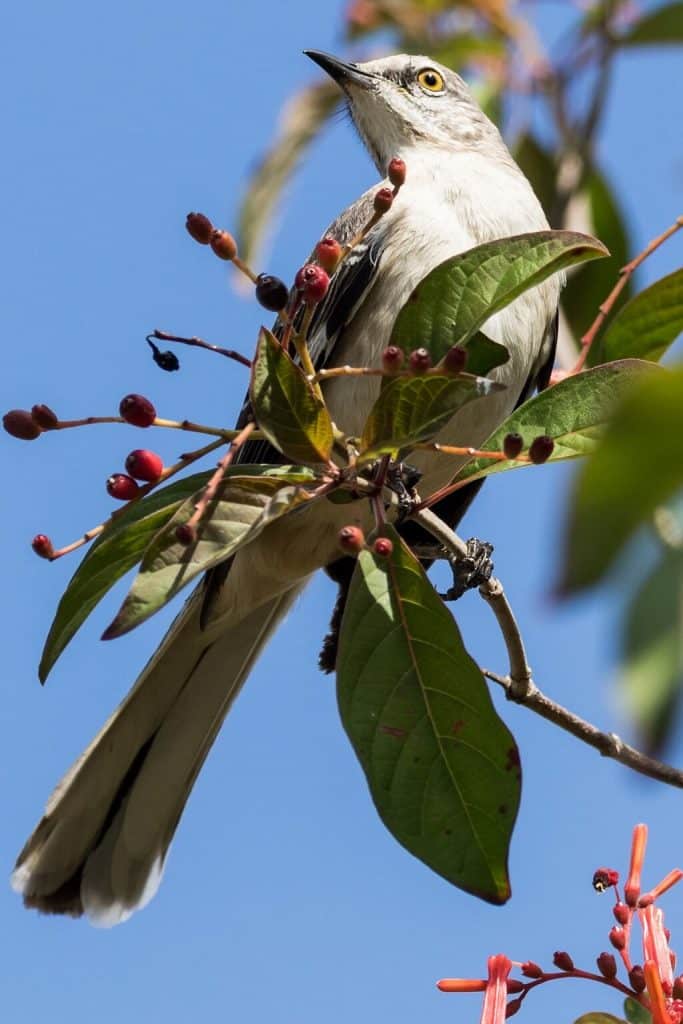
There are plenty of tours of the park, and you can opt for a guided walking or boat tour.
Cuchillas del Toa
As mentioned above, Cuchillas del Toa is known for its karstic cave system and Great Cave Head Moa.
Parque Nacional Caguanes
Parque Nacional Caguanes is the perfect spot for animal lovers. The natural features of this national park include mangrove swamps and 10 cays.
It is home to hundreds of local species of animals, including mariposa bats, flamingos, and pelicans.
It’s also home to more than 30 archeological sites.
Desembarco del Granma National Park
If you’re craving to check out the nature of Cuba but can’t decide what habitat to see first, you can experience several at Desembarco del Granma National Park.
In this park, you’ll get to explore beaches, caves, rainforests, and coral reefs.
It’s also where the replica of the Granma (the yacht Fidel Castro and Che Guevara sailed to Cuba at the start of the revolution) can be found.
Guanahacabibes Peninsula
The Guanahacabibes Peninsula is one of the largest nature attractions of its kind in the country. It is located on the very tip of the westernmost province of Pinar del Rio.
There are several little local hotels and casas particulares you can stay at because it is impossible to take it all in in one day.
Jardines de la Reina
Another great spot for diving is Jardines de la Reina. This is the second-largest archipelago in the country.
Named by Christopher Columbus in honor of the queen of Spain, its most popular attraction, besides snorkeling and diving, is swimming with the sharks.
Sierra Cristal National Park
The first national park in the country (established in 1930), Sierra Cristal National Park is also home to the tallest mountain range in Cuba (which reaches 4,300 feet tall).
It’s home to a massive pine forest that’s popular with hikers.
Sierra del Rosario
Sierra del Rosario is Cuba’s first biosphere and really set the pace for the ones that followed.
Sierra Maestra National Park
Also known as Turquino National Park, Sierra Maestra is popular with campers and hikers.
It’s home to the Pico Cuba, Pico Real, and Pico Suecia mountains; hiking trails offer beautiful views of the surrounding areas.
Viñales Valley
Viñales Valley is a haven for both hikers and rock climbers. A short day trip from Havana, this national park is now popular with tourists.
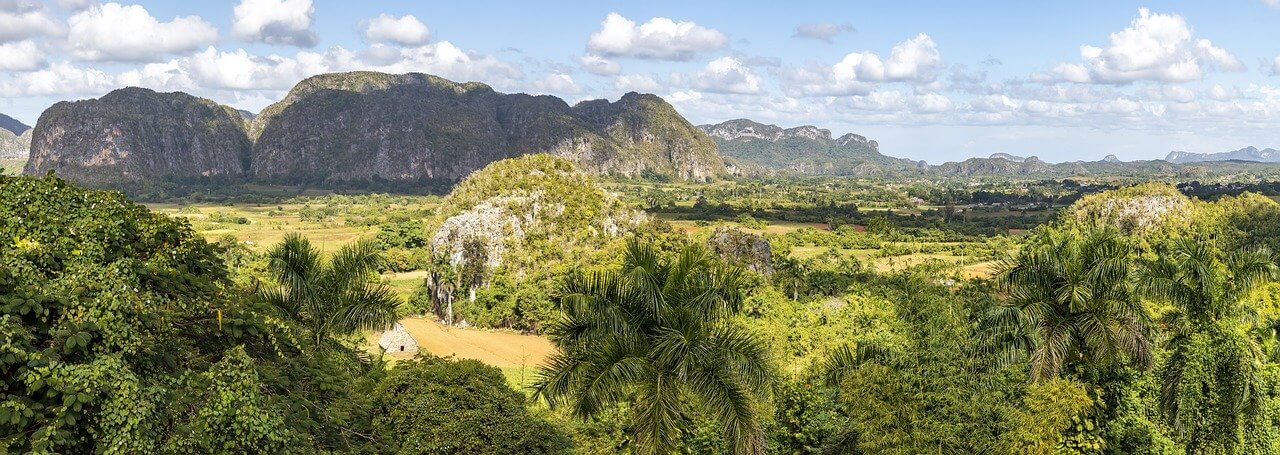
If you are visiting Cuba’s capital city of Havana and exploring all the things there are to do in Havana, take one or two days to see Viñales.
It’s characterized by plateaued rock formations called mogotes. These rare structures are only found in Cuba, China, and Malacca.

Cuba’s UNESCO Biosphere Reserves
Cuba is home to six UNESCO Biosphere reserves, including:
- Baconao
- Buenavista
- Ciénaga de Zapata
- Cuchillas del Toa
- Península de Guanahacabibes
- Sierra del Rosario
Baconao
Baconao is possibly one of the most eccentric parks in Cuba; it’s an homage to natural history and local history and is known for its giant dinosaur statues — all built by inmates at a local prison.
It’s also only 20 kilometers from Santiago, so it’s an easy day trip.
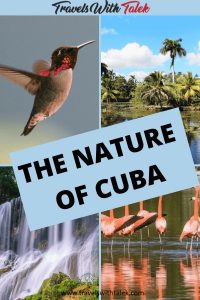
Buenavista
Approximately 7,000 travelers flock to the Buenavista nature reserve each year to explore its natural fauna, caves, and villages.
Explore the 79 caves and take photos of the primitive cave paintings.
Ciénaga de Zapata
Ciénaga de Zapata is located on the Zapata Peninsula and it’s known for its swamps, full of Cuban crocodiles, flamingos, and toads.
It is most famous for its 715 species of birds and is famous for bird watching — and its location alongside the infamous Bay of Pigs.
This biosphere has the advantage that is is close to the central Cuban towns of Cienfuegos and Trinidad, two must-see Cuban towns.
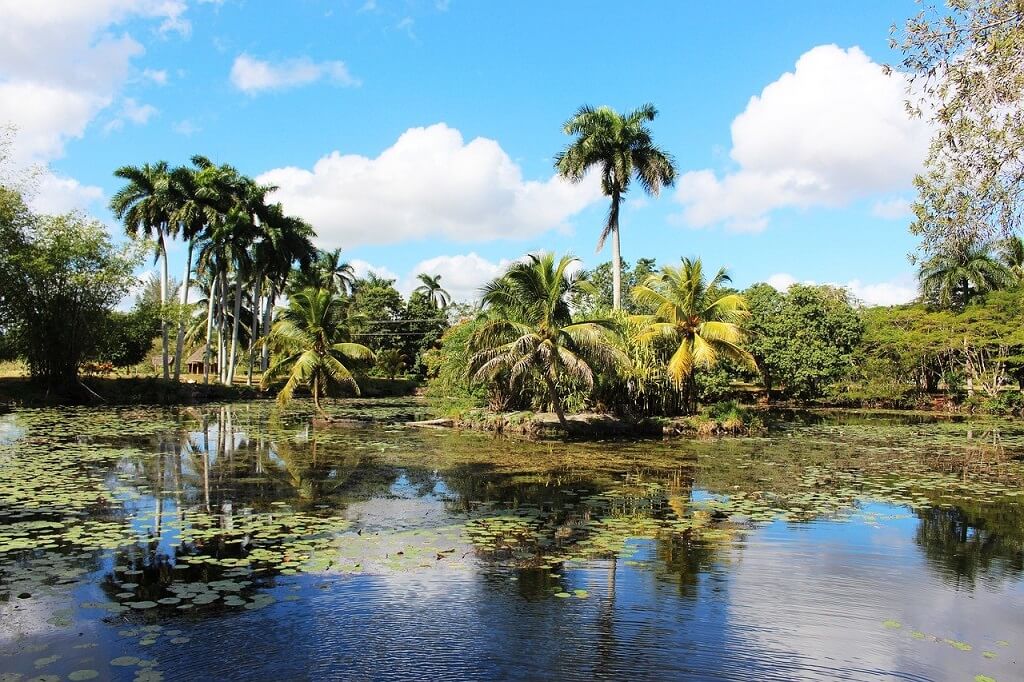
Cuchillas del Toa
Cuchillas del Toa is located in Eastern Cuba along the coast. It’s mostly forest but is also home to coffee plantations, mines, and caves.
The caves are a part of a karstic cave system known as the Great Cave Head Moa.
Península de Guanahacabibes
Nature lovers of all kinds head to Guanahacabibes Peninsula to check out the spectacular nature of Cuba. In fact, it’s one of the largest nature attractions of its kind in the country.
Walk the beaches, go fishing, or rent some diving gear to explore the country from underneath the water’s surface.
Sierra del Rosario
Sierra del Rosario Cuba’s first biosphere. It’s known for being home to hundreds of plant species as well as animal species such as bats and hummingbirds.
Why Is the Nature of Cuba so Untouched?
Cuba is home to more than 250 natural reserves and over 1,500 native species of fauna.
As small of a country as Cuba is (it’s smaller than the state of Florida in the US), the country has managed to preserve its natural habitats and resources.
The National System of Protected Areas of Cuba (SNAP) was founded to ensure the preservation of the country’s nature.
Nearly 20% of the country is located on a natural reserve.
Cuba’s political stance and accompanying decades-long embargo from the United States have contributed to a lack of extensive commercial development common in other Caribbean nations.
There are no miles and miles of high-rise beach-front hotels and no fast-food franchises.
This has its pros and cons but one of the pros is that the country’s nature has remained relatively pristine…at least for now.
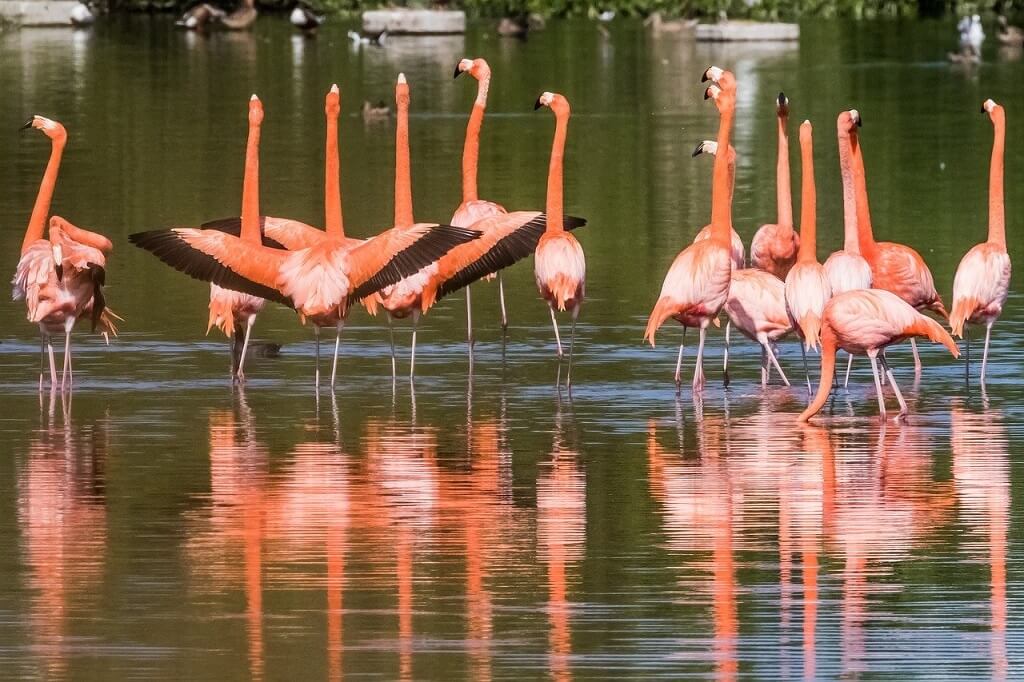
Some of the best spots to experience the nature of Cuba include the country’s:
- Biosphere reserves
- National parks
- Protected nature areas
- Coastline
Many of Cuba’s national parks were created to share the country’s biosphere reserves, so there’s plenty of crossover between reserves and parks.
Protected Nature
Cuba is home to 263 protected nature areas — this includes its biosphere reserves, UNESCO heritage areas, and state parks.
Areas such as Cayo Largo are home to important nesting sites where sea turtles are bred in an effort to prevent them from becoming extinct.
Cuban Coastline
In addition to its protected areas of nature, Cuba is probably most known for its 3,570 miles (5,746 km) of coastline.
It’s what has drawn visitors to Cuba for decades. The picturesque coast is what continues to draw thousands of visitors to Cuba each year.
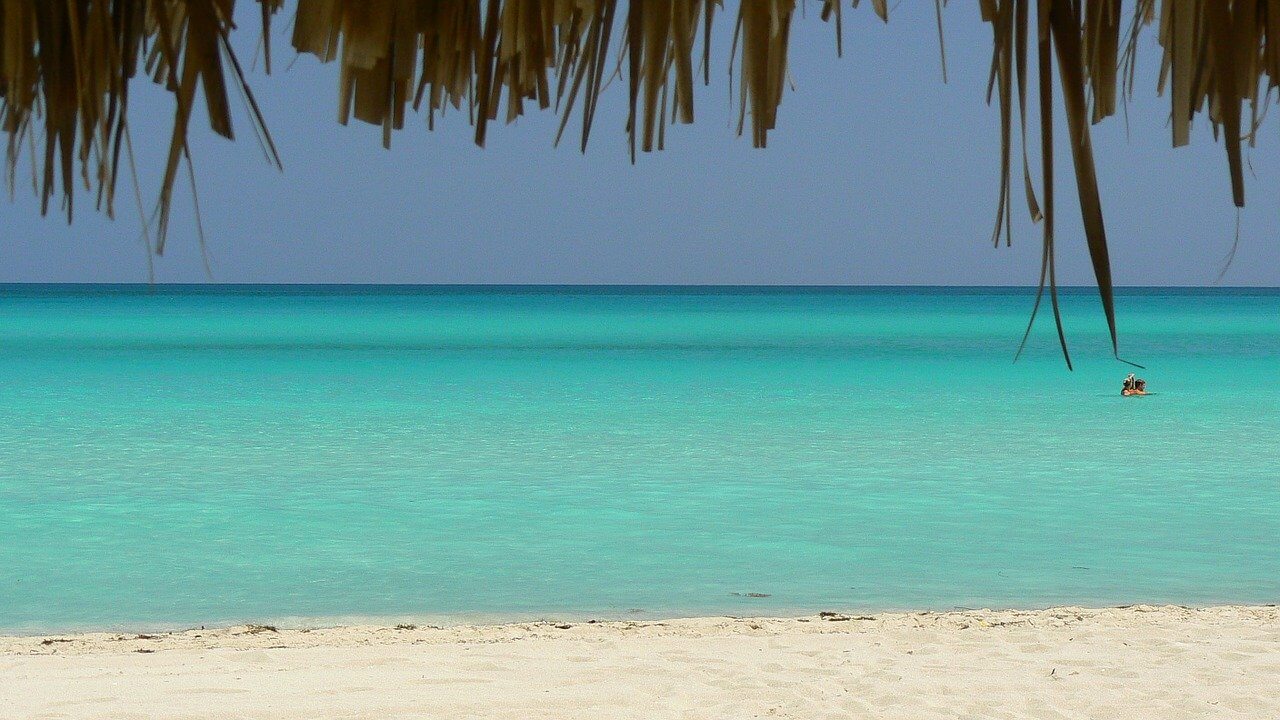
Cuba’s coastline has remained unspoiled by cruise ships, barges, oil spills, and other possible contaminants.
In fact, many experts study Cuba’s experience with preservation and ecotourism in the hope of replicating the benefits elsewhere.
Native Fauna of Cuba
Animal lovers flock to Cuba to get up close and personal with its 1,554 native species of fauna, including bats, birds, crocodiles, iguanas, fish, frogs, and crustaceans — many of which live in Cuba’s protected areas.
Animals indigenous to Cuba include the Cuban crocodile, Cuban tree frog, Mona ground iguana, and spinner dolphin.
Cuban Rock iguanas are one of the biggest lizards in the Caribbean, the second biggest in the world, and are an endangered species.
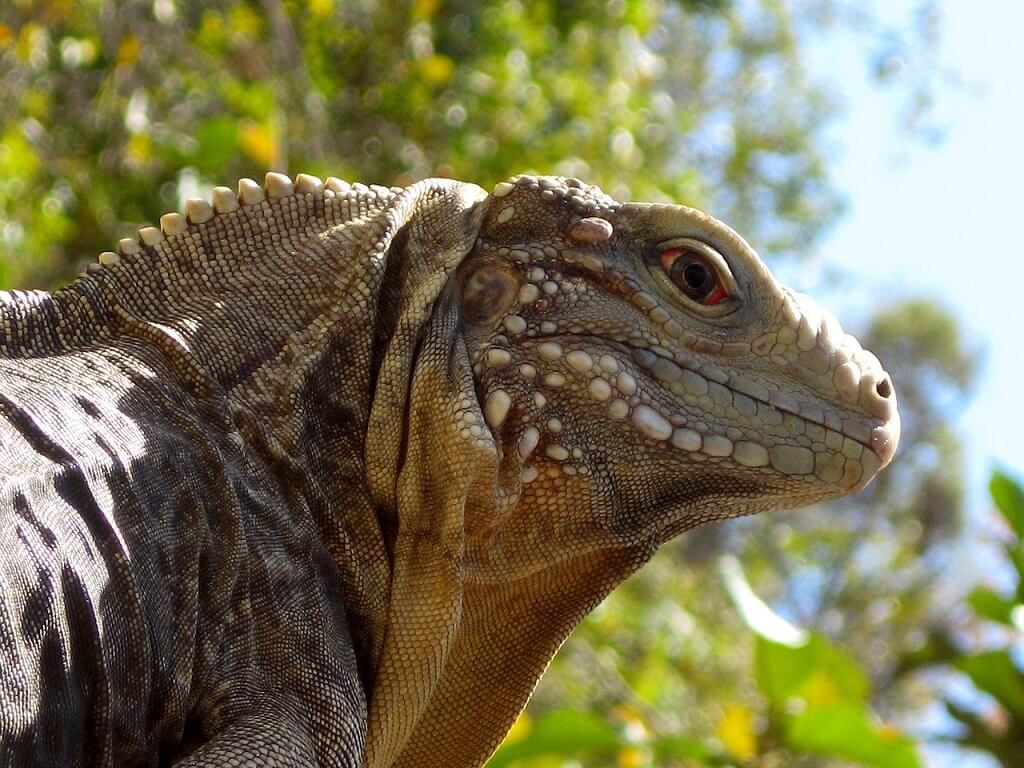
If you want to glimpse as many animals as possible in Cuba, you’ll find them at Cuba’s many biosphere reserves.
Where to stay to experience Cuba’s national parks
The best places to stay in Cuba are “casas pariculares.” These are private homes where Cubans rent out rooms. This is similar to a bed and breakfast, Airbnb, or a homestay.
Select one of Cuba’s national parks that you want to visit and see what major city is the closest.
For example, if you want to visit Alexander Von Humboldt National Park, stay in Santiago or Baracoa.
If you want to visit the Cienega Zapata, stay in Trinidad, and so on.
Want to learn more about the nature of Cuba, its flora and fauna? Check out these reference books.
Have you visited Cuba? Which of Cuba’s national parks, biosphere reserves and beaches are your favorite?
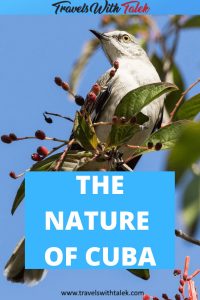
PIN ME TO
PINTEREST!

BTW, if you are getting ready for your trip, make sure to take advantage of these useful, money-saving links to book your trip:
- Research and book your flight with Skyscanner. I have found them to be the best because they list all airlines including the budget ones. You are always sure of having researched all options.
- For car rental around the world, Discover Cars has flexible pickup and drop-off options, I recommend Discover Cars.
- Book your accommodation with Booking.com. I find they have a wide selection and a nice, user-friendly, transparent website.
- Protect your trip and, more importantly, protect yourself with travel insurance. I use Travelinsurance.com and have been very happy with them.
- Looking for a small group tour to unforgettable destinations with top professionals? Intrepid Travel is your choice.
- For more general tours to any destination or attraction, book with Viator. Check them out.
- Need a visa? Get your visa for all countries with Passport Visa Express.
- Looking for a cool walking tour to explore a city? My favorite walking tours are offered by Take Walks.
- Food and drink tours are the best way to enjoy a city. And Devour Tours are my favorite.
- Looking for a good VPN to protect your security, privacy and freedom online while traveling? Nordvpn is your best option.
- The best and most economical way to stay connected while traveling is with an Airalo eSIM.
I personally use, and can recommend, all the companies listed here and elsewhere on my blog. By booking through these sites, the small commission we earn – at no cost to you – helps us maintain this site so we can continue to offer our readers valuable travel tips and advice.













